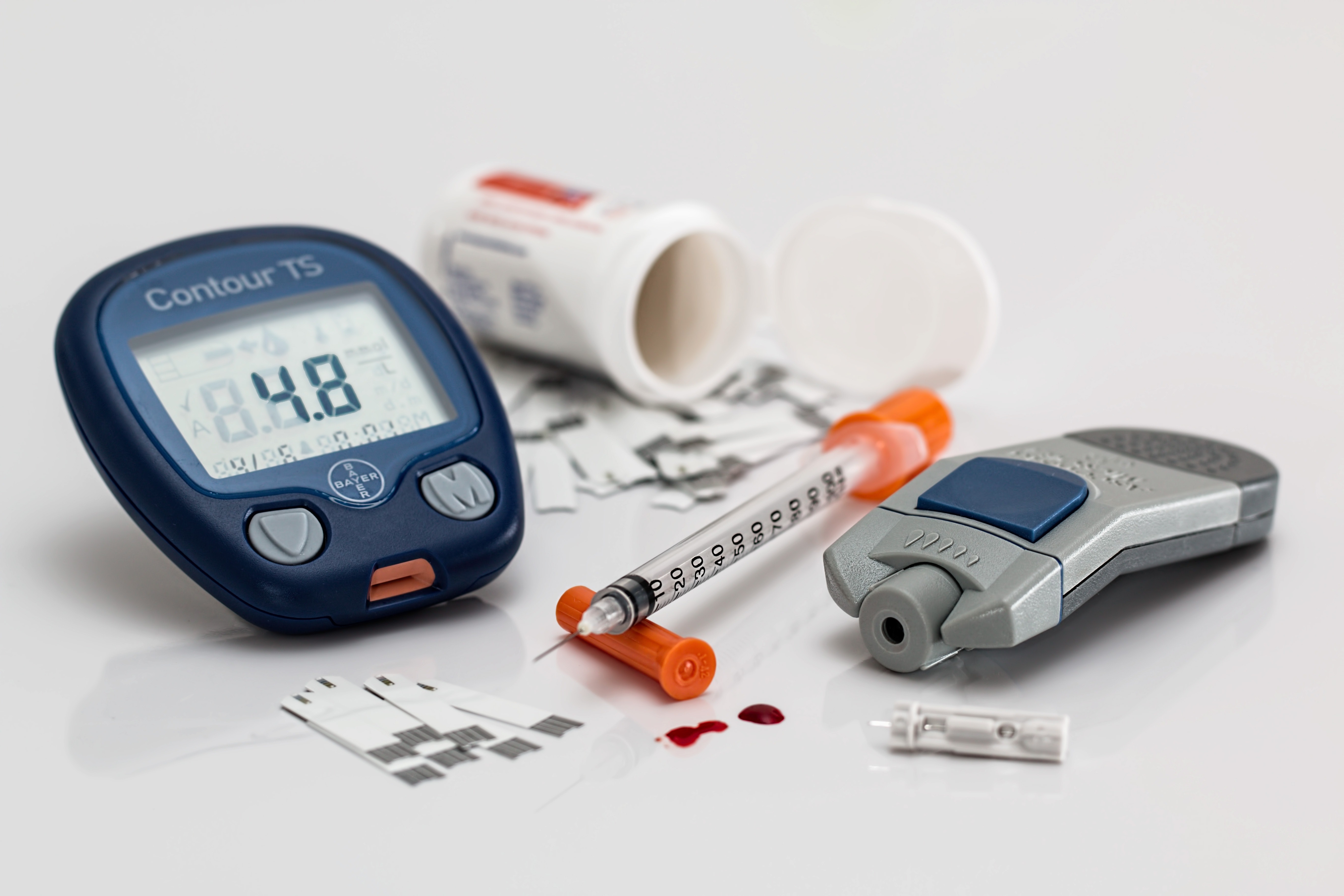People with a chronic disease such as diabetes, osteoarthritis or COPD often experience consumer activity monitors as too complicated. Activity monitors are devices that can be attached on the wrist or with a clip to the trousers. They are intended to measure the number of steps and active minutes.
Activity monitors are hardly used in clinical treatment by patients or physiotherapists. Despite, the patients see the added value of the activity meter use. This is evident from the study: Patients’ experiences with commercially available activity trackers embedded in physiotherapy treatment: a qualitative study by PhD student Darcy Ummels, Dr. Emmylou Beekman, Dr. Albine Moser, Dr. Susy Braun and Prof. Dr. Sandra Beurskens of Zuyd University of Applied Sciences.

The results of the study have been published in the international scientific journal Disability and Rehabilitation. The study was conducted within the Brightlands Innovation Program LIME (Limburg Meet) in people with chronic diseases. The research is one of the first studies aimed at the actual use of activity meters in daily care practice, while focusing on the experiences of patients. The use of activity meters will probably be recommended in the revised COPD guideline of the Royal Dutch Society for Physiotherapy at the end of 2019.
Alternatively insufficiently exploited
Commercially available activity meters could provide good support to patients and therapists in a treatment. Which are currently used to measure how much someone moves. Scoring activities yourself takes a lot of time and is less objective. However, the study shows that offering activity meters to healthcare professionals and patients does not mean that they are used to support treatment. The professional should therefore better integrate activity meters in his treatment. Therefore, more attention and research is needed into the integration of these meters in the treatment process.

Target too high and too complex
Activity meters often have a target of 10,000 steps per day. For most patients, this target was too high, which sometimes had a demotivating effect. It was not clear, that they could adjust this goal themselves. The fact that the activity meters are perceived as too complex is mainly due to that most of the meters are too complicated and due to inadequate instructions, both from the therapist and in the manual. In qualitative research, 29 people with a chronic disease such as diabetes or osteoarthritis have used one or more activity meters in their daily lives and during their physiotherapy treatment. In addition, a framework has been developed in which the most important experiences of these people are set out. This framework can also be used by other researchers in their research into people’s experiences with technology in healthcare.
This is an translated article, for the original article click here
